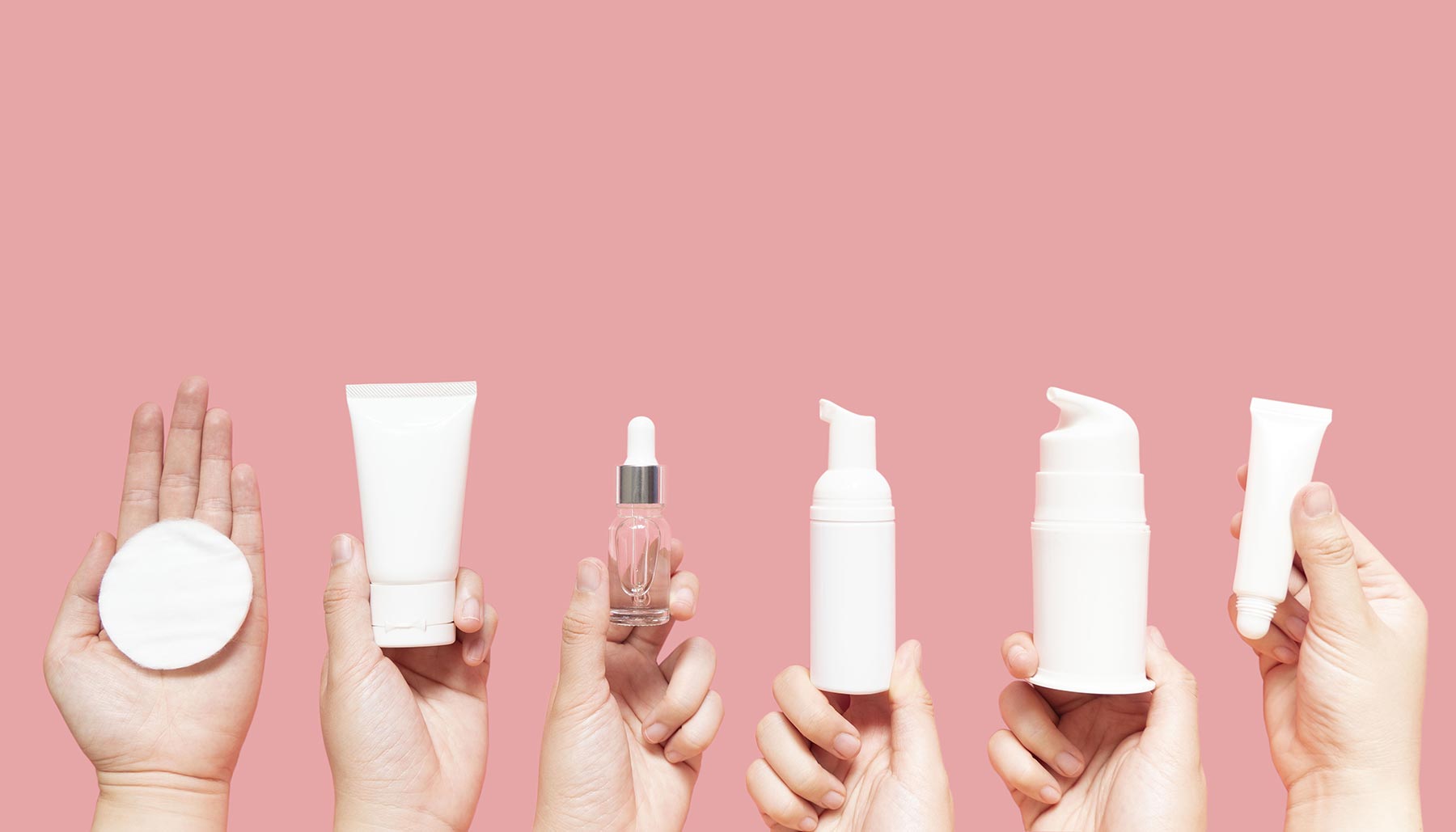Repeat after me: just because it’s sold to consumers, doesn’t mean it’s safe.
All too often, we assume that if it can be found on store shelves, it’s safe for consumers. However, this isn’t always true. In fact, companies are allowed to use just about any ingredients they wish in beauty products.
It can be pretty hard to navigate the long list of ingredients. Not to mention, some compounds aren’t even required to be listed — I’m looking at you, synthetic fragrances.
While this isn’t a comprehensive list by any means, here are some common ingredients found in skincare and other beauty products that you should absolutely avoid.
Chemical Sunscreen
I’m not telling you not to put on sunscreen — after all, sunscreen is an important part of any daily skincare routine. However, I am telling you to avoid chemical sunscreen and opt for a mineral sunscreen instead. You have a lot of skin to cover, and all those chemicals get absorbed into the bloodstream via your skin.
A recent study showed that the ingredients absorbed into the bloodstream greatly exceed levels considered safe, at a rate of 188 times the safe level after only one application. Reapply, and you’re looking at even more chemicals in your body. The study also showed that all chemicals stayed elevated in the bloodstream for up to 21 days, depending on the actual chemical.
One chemical sunscreen ingredient in particular, oxybenzone, has been well-established as an endocrine disrupter and can have serious consequences on fertility. Used during pregnancy, it has also been linked to birth defects.
Fragrances
I like a good smelling skincare product just as much as the next person, but the vast majority of products utilize synthetic fragrances. The worst part about synthetic fragrances is that you don’t even know exactly what’s been used. Manufacturers use thousands of chemical components to produce the smells in their products, and there’s no regulation making it mandatory to list all of them.
These chemically produced fragrances have been shown to cause reactions on the skin. They can also cause headaches, allergies, dizziness, rashes, other skin irritations, pigmentation, and even hyperactivity.
Parabens
I’m sure you’ve already heard that parabens are a no-no. Even still, these preservatives are still found in a multitude of products on the market right now. The most common are butylparaben, methylparaben, propylparaben, and ethylparaben. Derived from petroleum, parabens have been linked to breast cancer, are well-known endocrine disruptors, and can lead to hormonal imbalances or infertility.
Sodium Lauryl Sulfate
This cleansing agent is found in a ton of personal care items, like shampoos, cleansers, bubble baths, and body washes. It’s used so much because it’s a surfactant, making it a good cleansing and foaming agent.
It’s been shown to cause irritation, and in more severe cases, can also cause an allergic response in the skin. When used and rinsed off completely in short applications, the risks are minimal. However, when it’s not washed off completely, residue can strip your skin of ceramide and leave your skin dehydrated.
Formaldehyde
Formaldehyde appears in keratin hair smoothing products, nail polish, and other cosmetics. And although concentrations in personal care products are generally low, it should still be avoided. Studies show that large enough amounts can cause certain cancers.
Triclosan
If you’ve been frequently washing your hands lately — like you should — you might be exposing yourself to triclosan. It’s an antibacterial and antifungal agent, so it gets used a lot in antibacterial soaps. It’s also found in toothpaste, detergents, and even toys. There are concerns that it disrupts the endocrine system, but it should also be avoided because it causes antibiotic-resistant bacteria.













